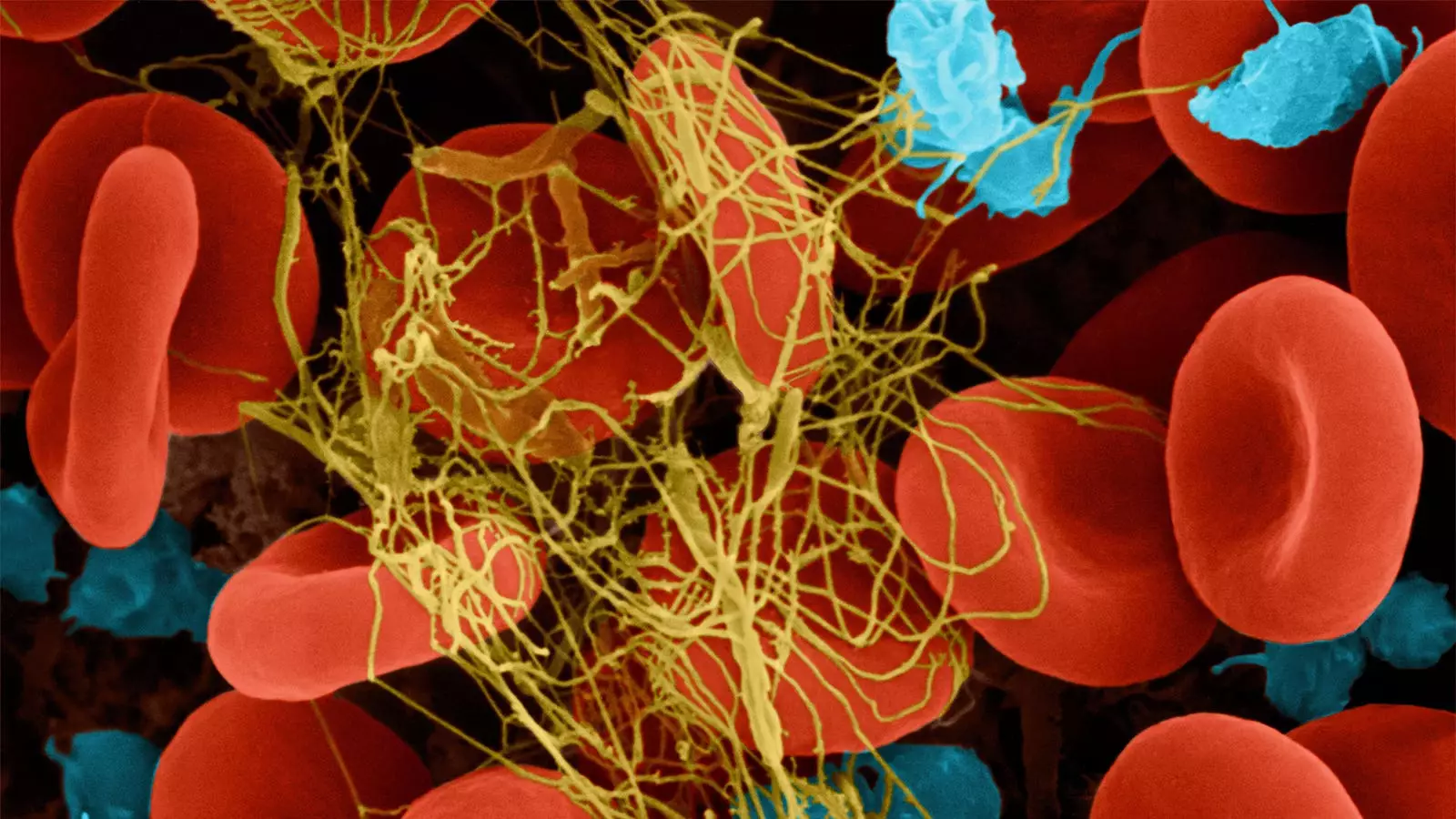Hemophilia B, a genetic bleeding disorder caused by a deficiency in factor IX, presents significant management challenges for those affected. Traditionally, individuals with hemophilia B rely on prophylactic factor IX replacement therapies administered intravenously. While these treatments have been a cornerstone of management, they do not offer a permanent solution, nor do they prevent the long-term joint damage associated with recurrent bleeding episodes. Patients must endure the burden of regular infusions for effective management, which can detract significantly from their quality of life.
In recent years, gene therapy has emerged as a revolutionary alternative, demonstrating potential to not only reduce bleeding episodes but also eliminate the need for ongoing prophylactic therapies. The encouragement surrounding this innovative treatment is largely rooted in the findings of the pivotal BENEGENE-2 trial, which explored the efficacy of fidanacogene elaparvovec in patients with hemophilia B.
The BENEGENE-2 trial yielded promising results, helping to illuminate the critical advantages of gene therapy over traditional methods. Conducted in a cohort of patients aged 18 to 65 with confirmed hemophilia B, the study found that nearly 75% of subjects were able to discontinue their prophylactic factor IX therapy after receiving a single infusion of fidanacogene elaparvovec (also known as Beqvez). Notably, there was no observed increase in bleeding episodes following treatment.
Quantitative assessments in the study revealed that the annualized rate of total bleeding episodes decreased by an impressive 71% post-treatment, while episodes that required therapeutic intervention dropped by 78%. These data not only demonstrated noninferiority compared to existing treatments but also presented a compelling argument for the efficacy of gene therapy in improving patient outcomes. The reduction in bleeding incidents aligns with the therapy’s capability to enhance factor IX levels, which were sustained at beneficial levels for an extended period, reflecting a significant advancement in tackling the root cause of hemophilia B.
An essential feature of the BENEGENE-2 trial was the indication of long-term efficacy associated with the gene therapy approach. Following treatment, a significant majority of participants maintained factor IX activity levels within the normal to mild-hemophilia range for up to 15-24 months. This durability represents a significant promise for individuals who previously faced the daily challenges of managing their condition through regular infusions.
Critically, achieving stable factor IX levels can mitigate the risk of bleeding and the complications associated with hemophilia. The inflammation and organ damage that can arise from repeated bleeding episodes are concerning consequences that patients and their healthcare providers aim to avoid. When evaluating the long-term efficacy of fidanacogene elaparvovec, it’s essential to note that over 80% of participants reported sustained factor IX activity levels, underscoring this therapy’s potential to change the treatment paradigm for hemophilia B patients.
Current options for hemophilia B management primarily include episodic and consistent intravenous administration of factor IX, which often falls short of providing complete relief from symptoms or preventing severe complications. Gene therapy, particularly fidanacogene elaparvovec, introduces an innovative alternative that can potentially address these limitations. By utilizing an adeno-associated virus (AAV) to express the FIX-R338L variant, this therapy helps restore the body’s ability to produce the necessary clotting factors autonomously.
Significantly, the study’s authors emphasized that the favorable benefit-risk profile of fidanacogene elaparvovec demonstrates its potential as a viable long-term solution. With no serious adverse events such as thrombotic incidents or malignancies reported in the trial, the findings inspire hope for a safer, more effective treatment pathway.
The results of the BENEGENE-2 trial not only lay the groundwork for regulatory approval of fidanacogene elaparvovec but also signal a larger shift in hemophilia B treatment strategies. As research in gene therapy progresses and more data become available, the medical community can better understand the long-term impacts of these interventions, potentially leading to refined approaches in managing chronic bleeding disorders.
Gene therapy represents a beacon of hope in the landscape of hemophilia B treatment, offering patients a chance at improved quality of life without the relentless need for traditional prophylactic therapies. As this field continues to advance, it is clear that the future for individuals with hemophilia may be less about managing symptoms and more about achieving lasting treatment outcomes.


Leave a Reply